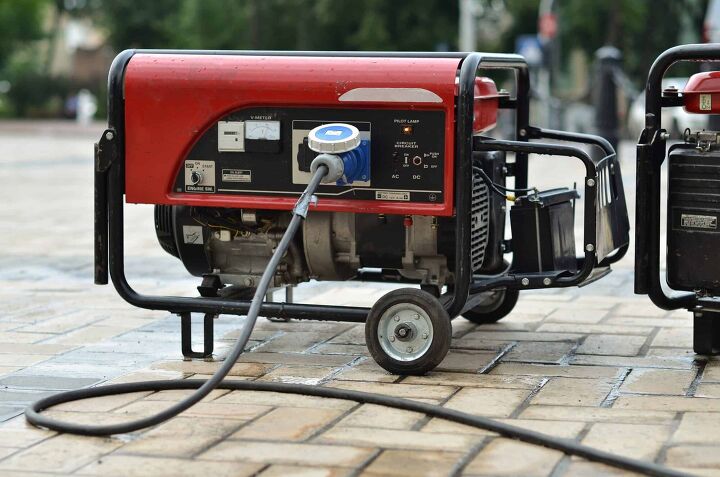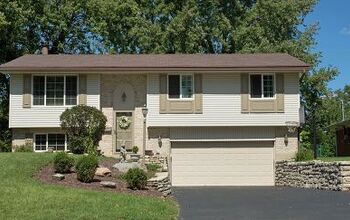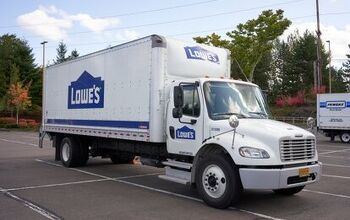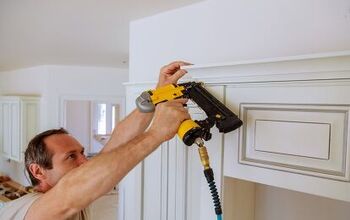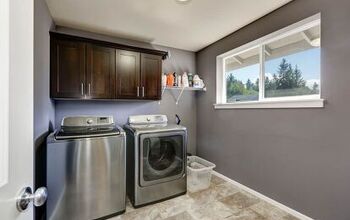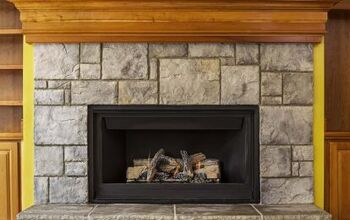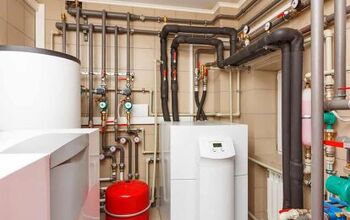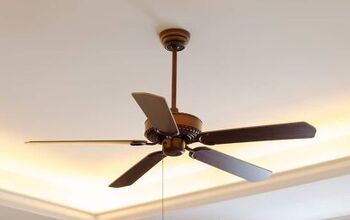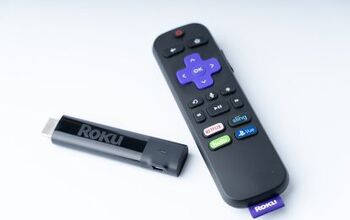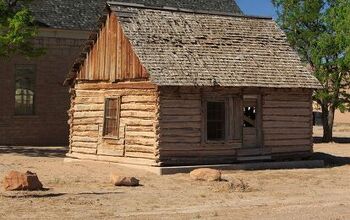How To Connect A Generator Through Dryer Outlet

There are many reasons that a person might want to connect a generator to their house through a dryer outlet. Whether they live in an area that experiences frequent power outages due to weather conditions or simply an unstable power grid, the need for power is the same for everyone.
If you’re experiencing a power outage, you’re likely looking for a way to “backfeed” your home’s wiring by using a cord with male plugs on both ends – one end connected to the generator and the other plugged into the 240-volt dryer outlet. While backfeeding can be done, it is dangerous and often illegal. Although hooking up a generator through a dryer outlet is the easiest way to power your home in a power outage, to home, some things to consider before doing it.
Backfeeding with a generator can be a great way to restore power to your home in the event of a power outage. However, in order for it to be “safe,” it must be done properly. Otherwise, you risk serious harm and possible criminal prosecution should a maintenance worker become injured or even die.
What is Backfeeding?
Electricity enters your house through utility lines. Prior to entering, a transformer converts the power to 240 volts and is route through a circuit breaker to be distributed to your outlets, lighting, and appliances. Backfeeding refers to the practice of powering a home using a portable generator during a power outage by hooking it up to an appliance or convenience outlet.
Those who backfeed their homes connect the generator to the outlet using a homemade cord that has two male plugs on either end. With this Generator Backfeed Cord, also referred to as a suicide cord, the electricity enters the main panel by way of the outlet’s branch circuit breaker.
The panel is what distributes the power throughout your house through the other branch circuit breakers. It also dispenses power out of the main circuit breaker to the transformer, is converted back to thousands of volts and attempts to provide power to all utility lines in the neighborhood. Powering your home this way is dangerous and may also be illegal in some jurisdictions.
Why is Backfeeding Dangerous?
Backfeeding is a dangerous, and sometimes illegal, way to power your home by connecting a portable generator to an appliance outlet (such as a dryer outlet). This process allows electricity to flow in reverse and if the main breaker isn’t shut off, power will backfeed to the utility lines surrounding your home.
Maintenance workers who are trying to restore power to the neighborhood may unpredictably confront high voltage on the lines and suffer injury or even fatal shock. In such situations, you would be held responsible for the injury or death, and may be prosecuted accordingly.
Although turning off the main breaker lessens this hazard, there is no guarantee that someone else may turn it back on and energize the wires. It simply does not safeguard against accidentally creating instances of high voltage on utility lines or even introducing an electrocution hazard in the home.
Safety Considerations
When you talk about connecting a generator to a house through a dryer outlet, you will get a variety of responses. While backfeeding is an effective way to power your home during an outage, you should strongly consider the safety and legal repercussions if something goes wrong.
Here are some of the things that you should know before attempting to connect your generator to your dryer outlet:
1. Electrocution on the Line
Most people would backfeed power from their generator into their home’s grid in the event of an emergency or power outage. During these times, linemen who are tasked with working on the power lines consider the power lines to be devoid of electricity.
If a household has a generator backfeeding power into the grid, electricity could easily travel through the lines and electrocute any workers on the lines. To remedy this problem, the main breaker can be closed before backfeeding power. Remembering to do so is imperative, as, in the worst case scenario, you could be the direct cause of the death of a maintenance worker.
2. Power Out of Phase
Another issue that can take place when the main breaker is not off is that the power generated by the generator is often out of phase with other power supplies. When power sources that are out of phase encounter one another, competition ensues. The result is usually damage equipment and fire.
3. Accidental Access to Dangerous Levels of Electricity
In a normal state, power is fed to appliances from an outside source. This means that when we plug into an outlet, we are making contact with that power source as long as the appliance is plugged in. When we unplug, the connection to the power is disconnected and the plug is no longer dangerous.
This is not the case when backfeeding with a generator. When feeding power into your home, the plug going from your generator into your home has enough power going through it to cause some serious damage to anyone within range. If unplugged when in operation, serious injury can be a result.
How to Connect a Generator to a House
Now that the safety considerations are out of the way, it is time to connect your generator to your home through the dryer outlet.
Step One – Set the Generator Up
Find a safe location outside of your home and start the generator. If your generator has been sitting for a long time, it may need some time to warm up, so be sure to read the documentation that came with your generator to see if that is the case for your model. Once the generator is warmed up, it can be turned off again.
Note on VentilationMost portable generators run from 7-10 hours on a full tank of fuel. This makes them great for shorter-term power outages as they can keep your house going while you wait for the main power supply to kick back in.
An important thing to remember is that generators burn fuel to work and that process creates carbon monoxide. For that reason, you should always operate a gas-powered generator outdoors or in a well-ventilated area.
Step Two – Turn OFF the Main Power Breaker
It is very important to turn off the main power breaker before connecting a generator to the dryer outlet. As mentioned above, not doing so could result in serious injury. It is also important to remember that the main breaker should remain off at all times while the generator is connected to the dryer outlet.
Step Three – Plug Generator into the Dryer Outlet
With both the generator and the main breaker off, you can plug your generator into the dryer outlet. The plugs for both ends will be specific to both the dryer outlet and the receptacle on the generator, so there is no need to worry which end is meant for which.
Note on Plug AvailabilityPlugging a generator into a dryer outlet is not legal in some jurisdictions. As a result, it can be difficult to find the correct wire to connect your generator to a dryer outlet. An easy and inexpensive option if you cannot find a cable is to make your own as the parts are always readily available.
Step Four – Activate SOME Breaker Switches
Once connected to the dryer outlet, go back to the breaker box. Ensuring that the main breaker is still in the off position, turn on the breaker switches that are connected to the appliances and rooms that you want to supply power to. It is also at this point that you should turn on the breaker switch to the dryer.
Step Five – Power Your Home
The final step is to power your home by turning on the generator. As always, when working with electricity, ensure that you have completed all of the steps, and in the correct order to make sure that you can take advantage of an easy power supply in the safest possible way.
Do You Need a Generator Installation Service?
Get free, zero-commitment quotes from pro contractors near you.

Related Questions
Does my generator need to run a transfer switch?
Running a generator to your house through a transfer switch is the safest way to connect a generator to your home. Connecting a generator to your home through a dryer outlet comes with some inherent risks. Using a transfer switch mitigates most of those risks while making the connection process easier at the same time.For example, when transfer switches are installed, there is also usually an external plug receptacle installed allowing you to plug your generator into your home from the outside.
Can you run a dryer on a generator?
With the right generator you can run a dryer without issue. Dryers, and other major household appliances, utilize up to 6500 W to run. If your generator is equal to or greater than 6500 W, that should be sufficient to power your dryer.Before attempting to connect a dryer to a generator, however, always check the rated power and surge demand of the dryer and the generator. If the generator is rated higher in both categories, there will be no issue.
Related Guides

Benjamin is a proud homeowner who loves to write about DIY projects and home improvement projects. Traveling, perfecting his home, and spending time with his family are just a few of the many things that keep him inspired.
More by Benjamin Wright



